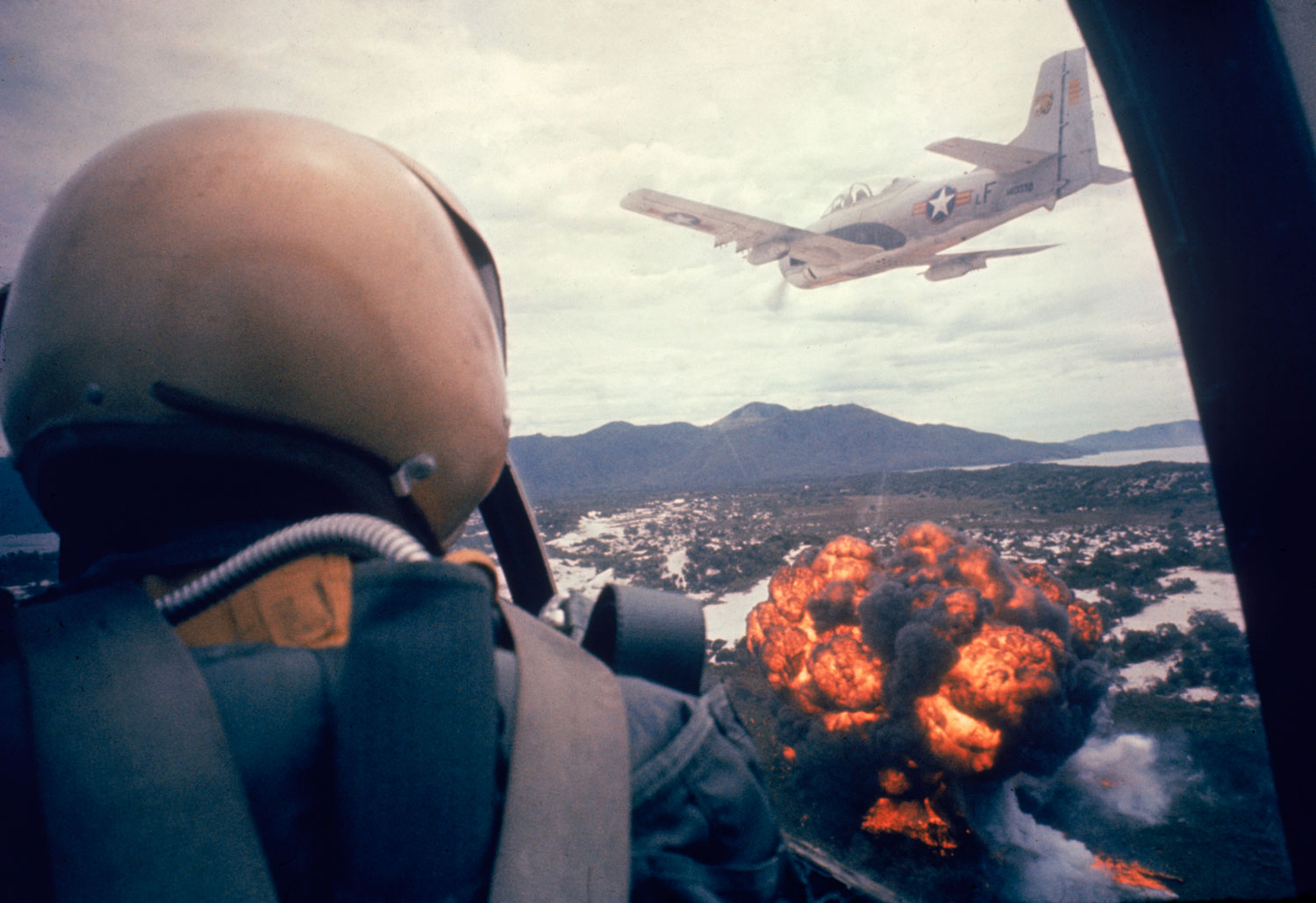
By early 1963, the number of American military personnel in Vietnam had grown from several hundred to more than 10,000 in a few short years. The ramifications of the United States’ direct involvement in a conflict halfway around the globe — less than a decade after the ceasefire in another brutal war in Korea — were certainly part of the national conversation, but in ’63 America’s growing role in Vietnam was not even close to the all-encompassing, divisive issue it would become by the middle of the decade.
Vietnam was on people’s radar, of course, but not as a constant, alarming blip. Military families were learning first-hand (before everyone else, as they always do) that this was no “police action; but for millions of Americans, Vietnam was a mystery, a riddle that no doubt would be resolved and forgotten in time: a little place far away where inscrutable strangers were fighting over . . . something.
[MORE: “Faces of the American Dead in Vietnam: One Week’s Toll”]
All the more remarkable that in January of 1963, LIFE magazine published the powerful cover article, “We Wade Deeper Into Jungle War,” and illustrated it with not one or two photos but with a dozen pictures — most of them in color — by the great photojournalist, Larry Burrows.
Burrows, seen at left in Vietnam in 1963, worked steadily — although not exclusively — in Southeast Asia from 1962 until his death in 1971. His work is often cited as the most searing and the most consistently excellent photography from the war, and several of his pictures (“Reaching Out,” for example, featuring a wounded Marine desperately trying to comfort a stricken comrade after a fierce 1966 firefight) and photo essays (like 1965’s harrowing “One Ride With Yankee Papa 13”) both encompassed and defined the long, polarizing catastrophe in Vietnam.
He and three fellow photojournalists died when their helicopter was shot down during operations in Laos. Burrows was 44.
The pictures here, meanwhile, are striking not only for the clarity with which they document a scary, widening conflict, but for how graphic they are. To American eyes, long accustomed to having their news sanitized by the major media, the notion that these and similarly gruesome pictures routinely ran in a popular weekly magazine five decades ago will likely come as something of a shock. Today, a photograph of blood stains and broken glass on a street after a car bombing is about the extent of what most Americans will ever see on the nightly news, on bale shows or in their newspapers. (Raggedly severed limbs, torched corpses and viscera-covered walls evidently being deemed too upsetting to the fragile American sensibility.)
But it’s worth recalling — or reminding those who weren’t alive at the time — that, starting even before the January 25, 1963, issue in which the photos in this gallery appeared, and throughout the war in Vietnam, LIFE and other major, mainstream American news outlets, in print and on TV, regularly published and broadcast what today would be considered graphic, unsettling content.
That LIFE considered this a significant, indeed a groundbreaking article is evidenced by the highly unusual treatment it received on the magazine’s cover. The first slide in this gallery illustrates this perfectly: rather than the customary horizontal, one-sheet image found on literally thousands of other LIFE covers, the January 25, 1963, issue featured an exceedingly rare fold-out, giving full play to Burrows’ powerful portrait.
Ben Cosgrove is the Editor of LIFE.com
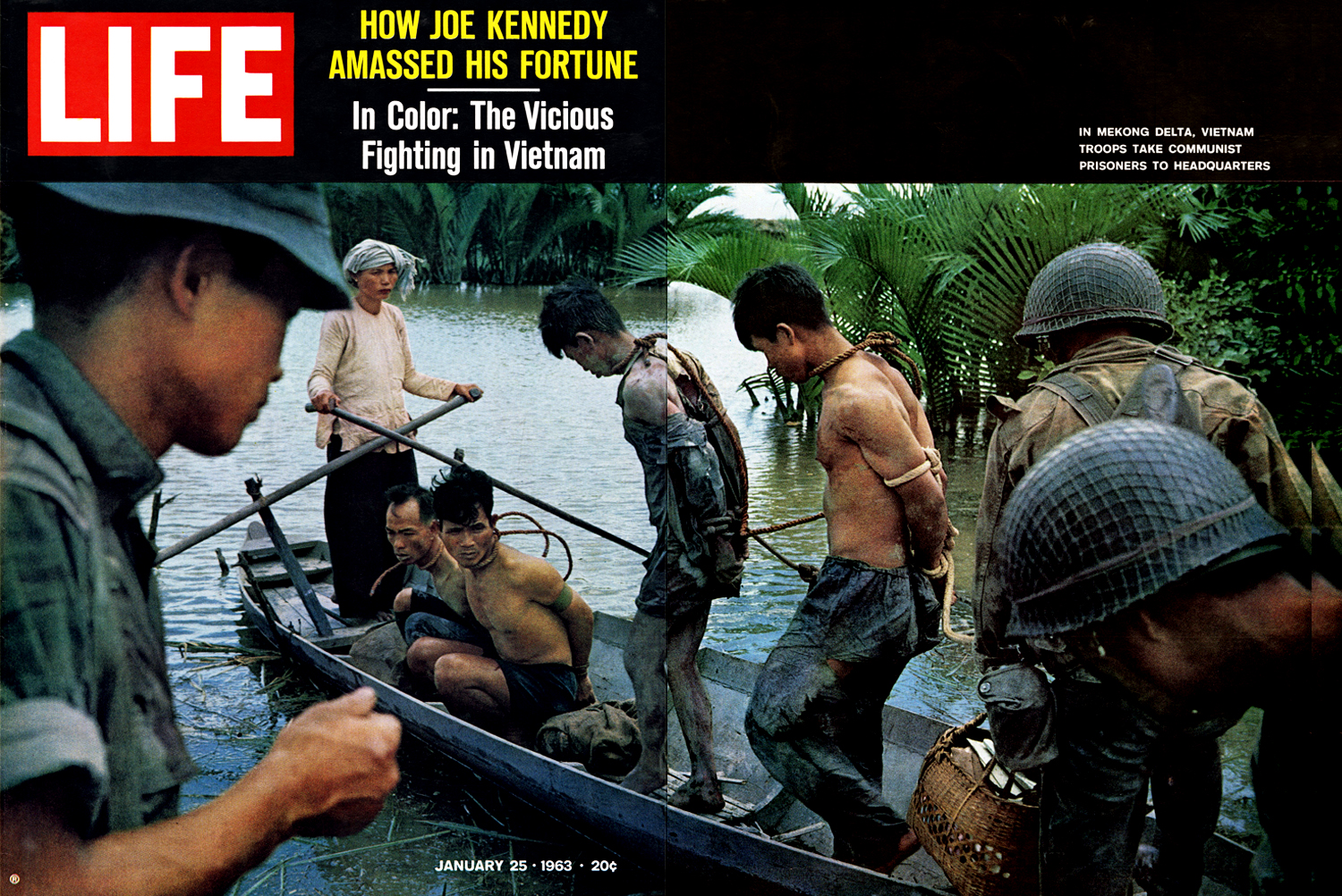
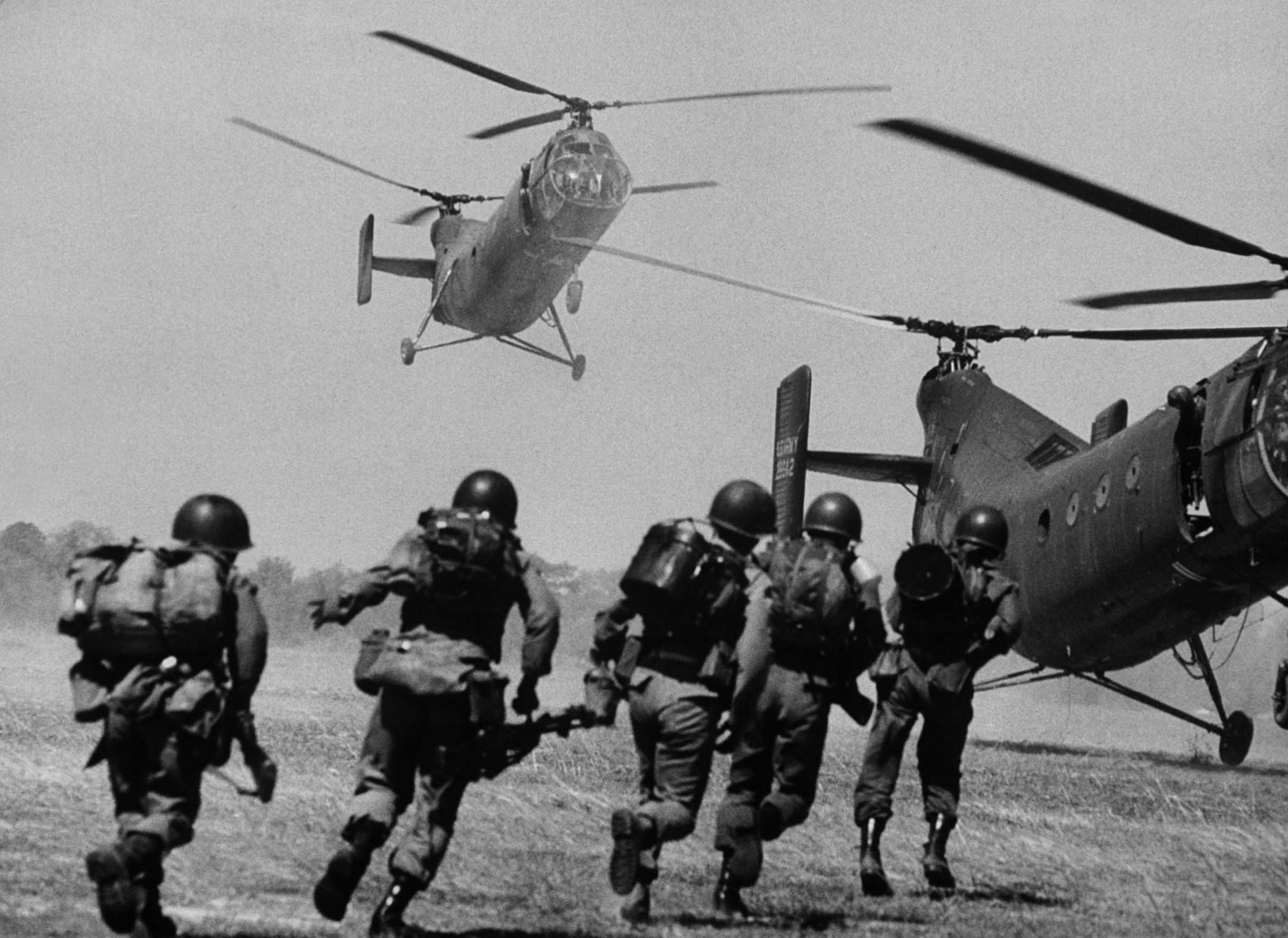


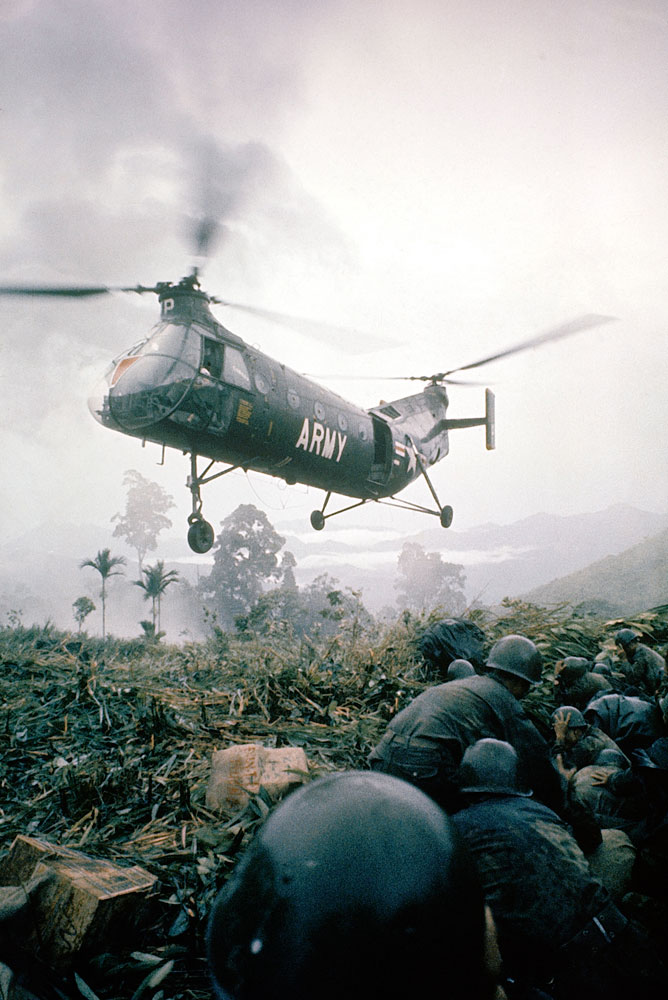

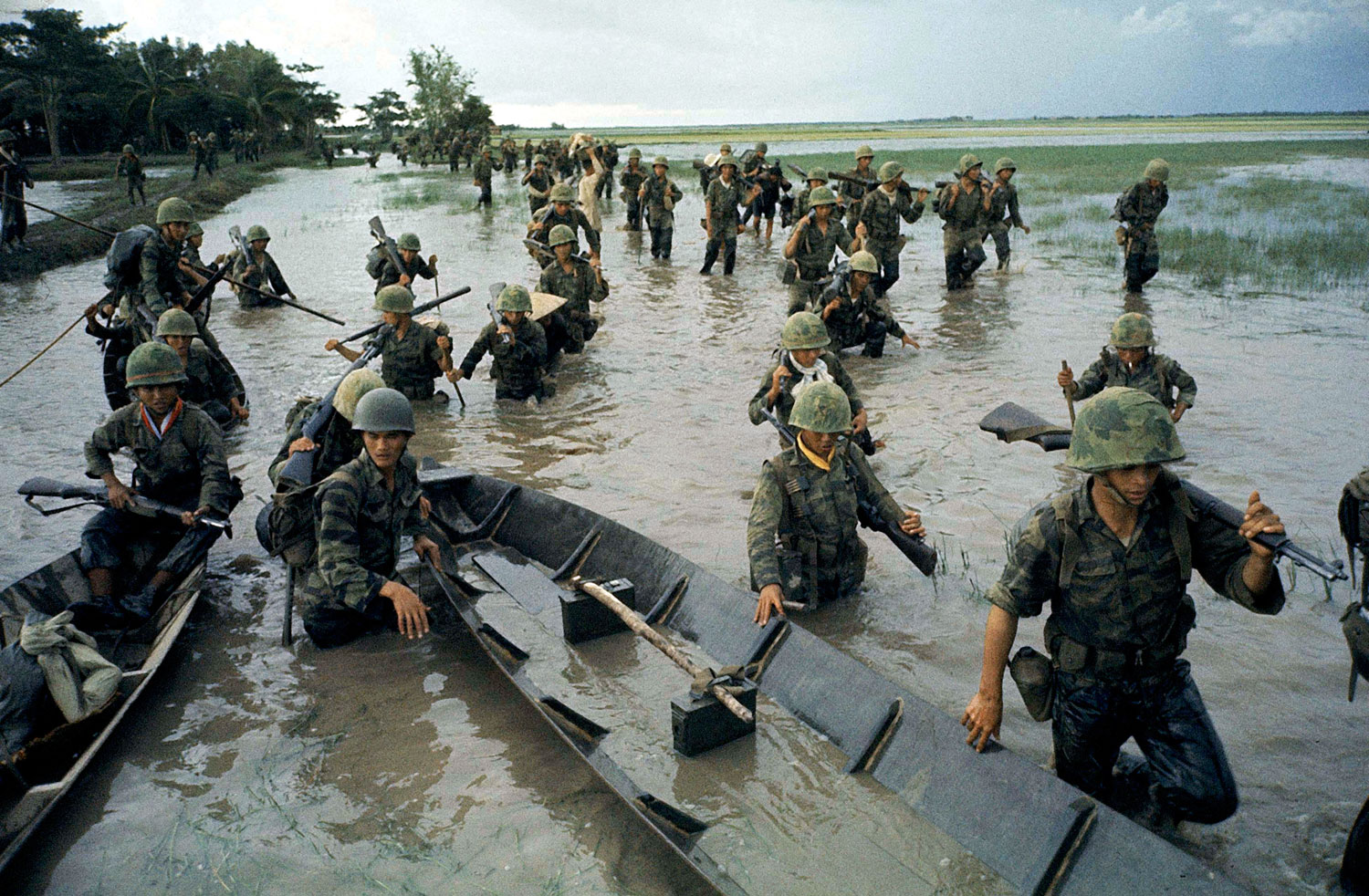
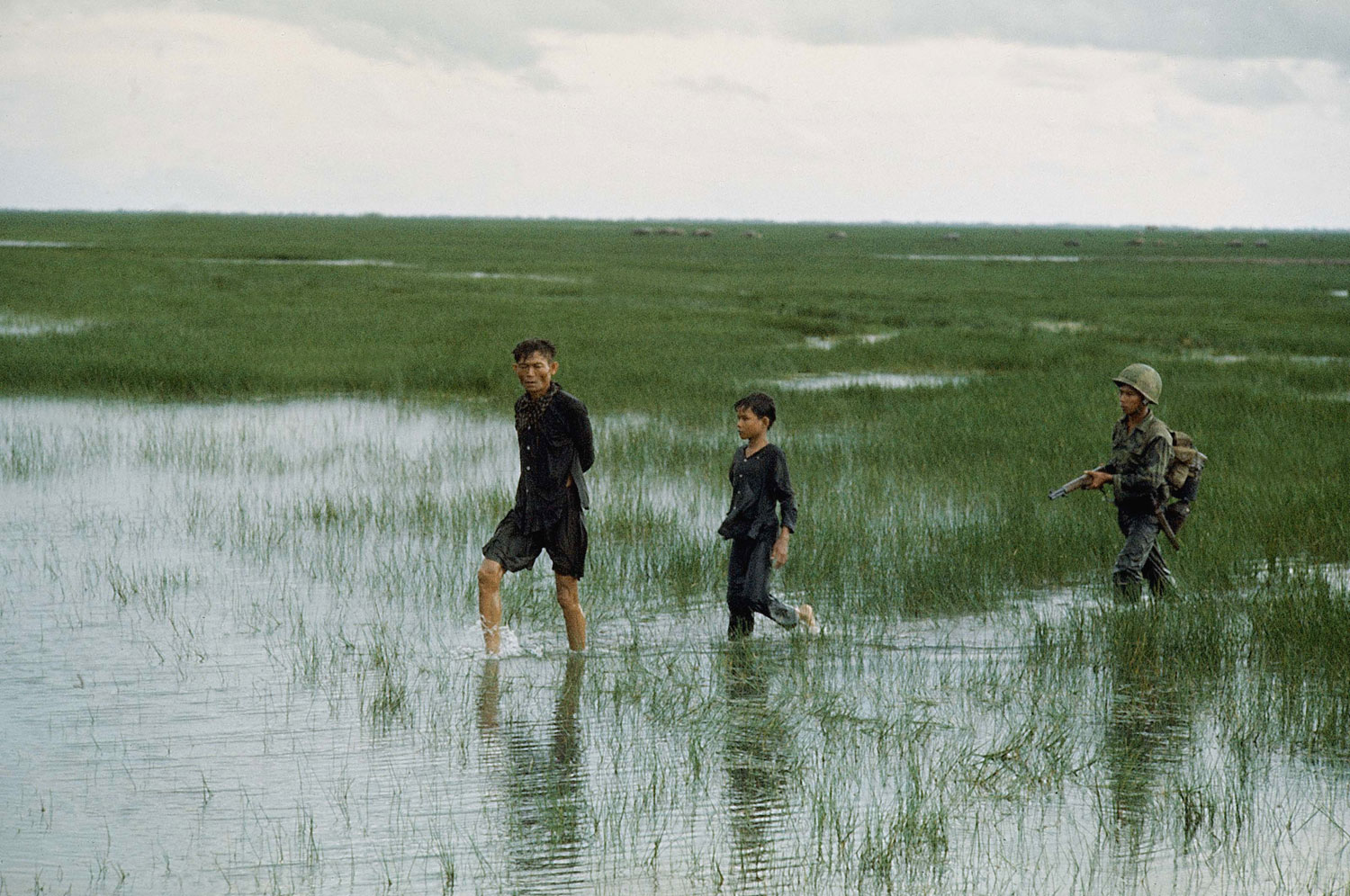

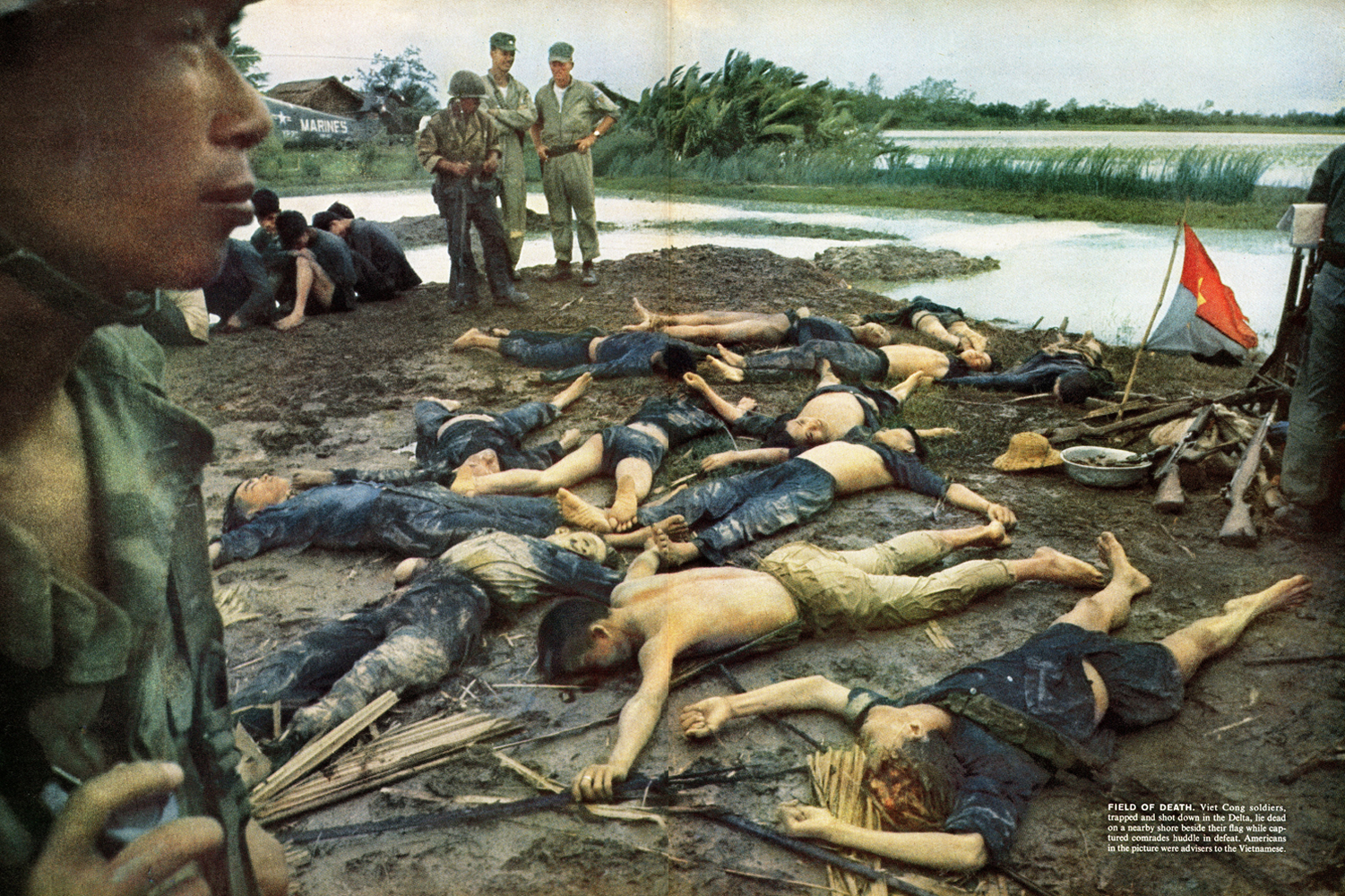


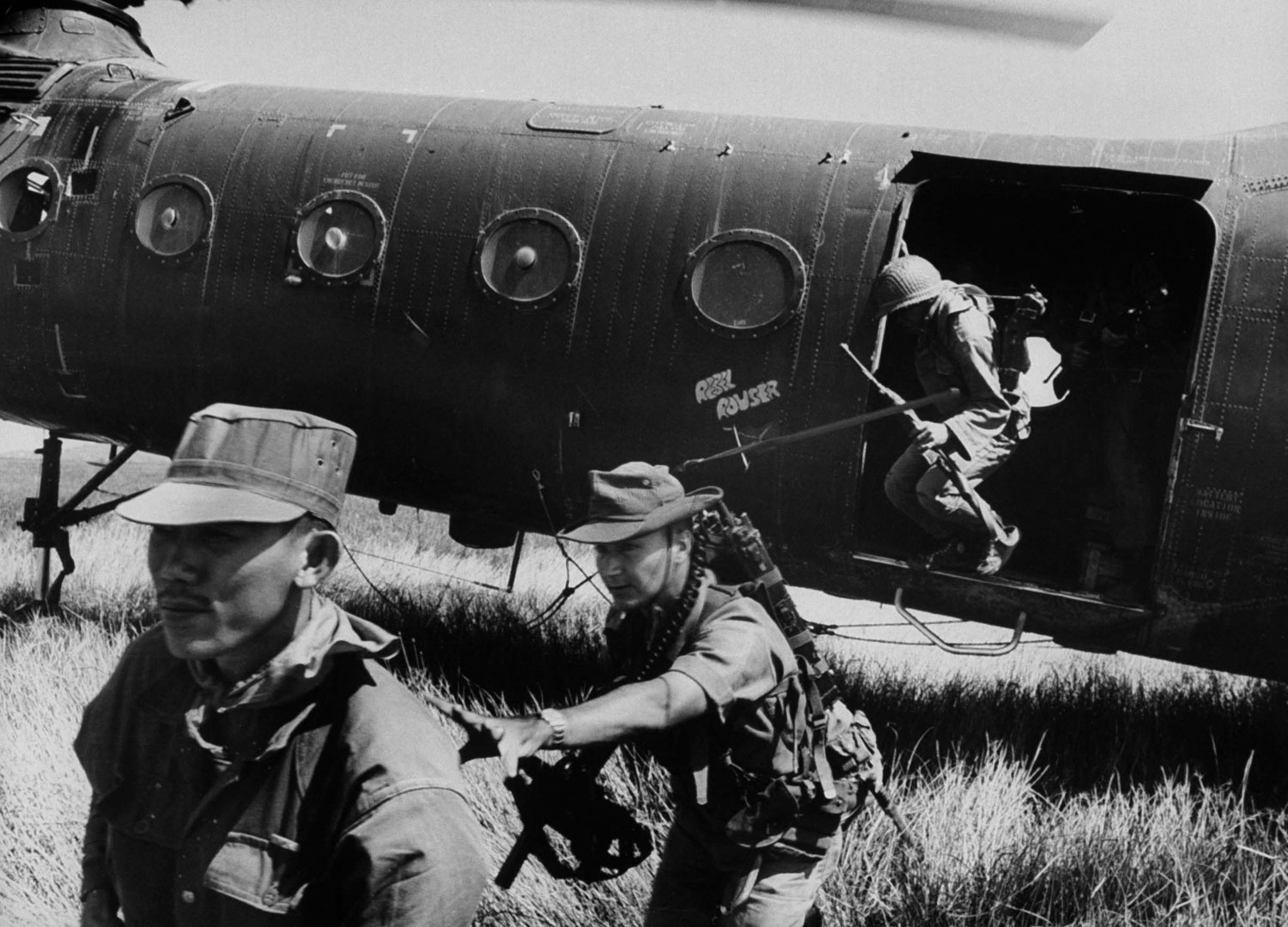


More Must-Reads from TIME
- Donald Trump Is TIME's 2024 Person of the Year
- Why We Chose Trump as Person of the Year
- Is Intermittent Fasting Good or Bad for You?
- The 100 Must-Read Books of 2024
- The 20 Best Christmas TV Episodes
- Column: If Optimism Feels Ridiculous Now, Try Hope
- The Future of Climate Action Is Trade Policy
- Merle Bombardieri Is Helping People Make the Baby Decision
Contact us at letters@time.com